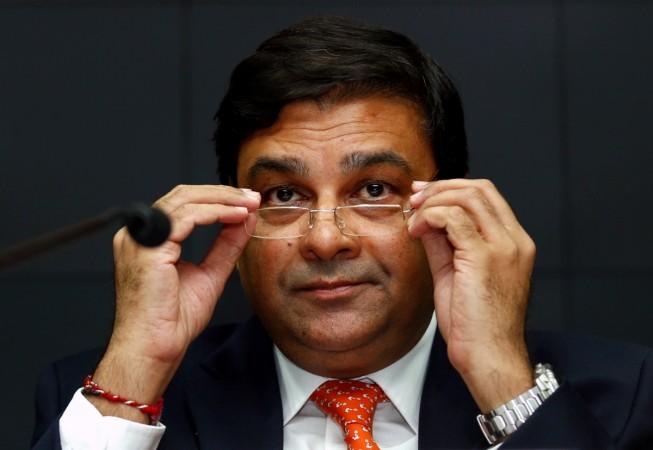
The government on Wednesday said that growth will gain significant momentum in the coming quarters, after hitting a three-year low of 5.7 percent during the June quarter.
This optimism comes after the Reserve Bank of India slashed its growth projection to 6.7 percent from its previous forecast of 7.3 percent in the October monetary policy meeting held on Wednesday.
According to government sources, growth is estimated to accelerate to 6.4 percent during the July-September quarter, followed by 7.1 percent and 7.7 percent over the last two quarters of the current fiscal year that ends in March, the Times of India reported.
The government noted the monetary policy committee's (MPC) downward revision of growth as well as a slight upward revision of the retail inflation forecast for the second half of the year, which translates into an average inflation for 2017-18 of less than four percent.
The Centre mainly stressed on inflation under the four percent target to point out that it is important to reduce the key interest rates in order to drive demand and support growth.
In fact, before the monetary policy meeting on Wednesday, the government had said that it expects a helping hand from the RBI in the form of an interest rate cut to boost growth.
Several experts and industry bodies too have made a strong case for lowering the key interest rate because of low inflation and the need to push economic growth which is still suffering from the impact caused by Goods and Services Tax (GST) and demonetisation.
However, the RBI kept the repo rate unchanged at six percent on Wednesday, after cutting the rate by 25 basis points (bps) in the August meeting.
But, the RBI has said that it would lower the statutory liquidity ratio (SLR) by 50 bps to 19.50 percent from mid-October. This move will give banks more funds to lend.
The RBI mainly stood pat and kept the rates unchanged as the consumer inflation hit a five-month high of 3.36 percent in August that is not far from the central bank's four percent target. It had also cited few concerns such as rising food costs and price revisions after the rollout of the new tax regime.
As the central bank now seeks to focus on inflation, it is bound to face pressure from the government officials and executives to help revive the economy that has lost the tag of the fastest growing major economy in the world after growing only 5.7 percent in the April-June quarter.

The RBI acknowledged the weaker growth and on Wednesday, slashed its growth projection too, besides standing pat on the key interest rates.
However, the government said that growth will pick up significantly in the coming quarters as the economy is expected to recover from the economic reforms introduced by the Centre.
Credit rating agency Moody's Investors Service has also projected that India's economy will accelerate and grow at 7.5 percent in 2017-18 and 7.7 percent in 2018-19 as the government has been able to limit the negative impact of last year's demonetisation on the economy.
"We expect marginally faster growth in India. Overall, we continue to believe that economic growth will gradually accelerate to around 8 percent over the next three to four years," Moody's wrote in its Global Macro Outlook.














